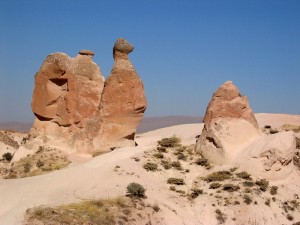 |
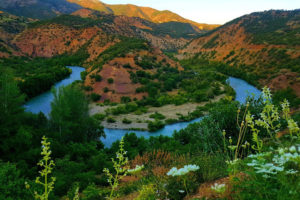 |
 |
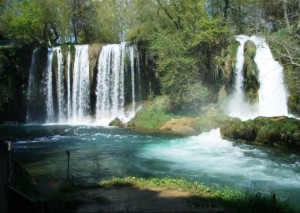 |
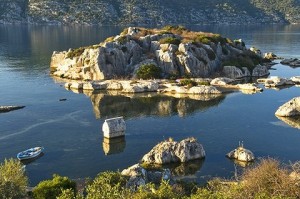 |
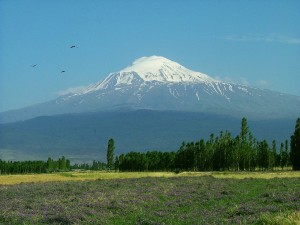 |
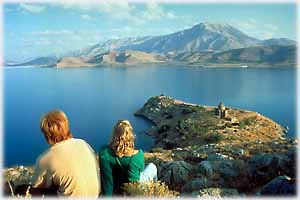 |
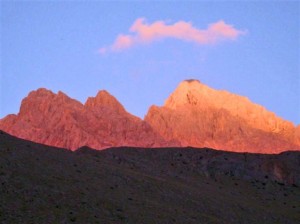 |
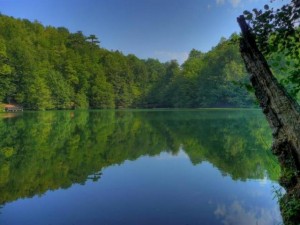 |
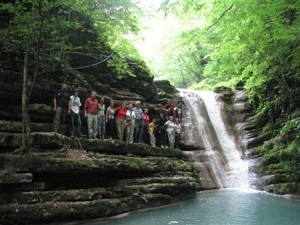 |
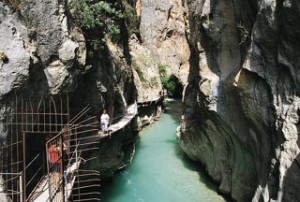 |
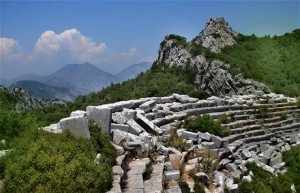 |
Natural Wonders of Turkey
Turkey is the only country in the world under the influence of 3 botanical geographical regions. Many of them are protected as national parks, of which there are 40 in total to date. Besides their rich variety of flora and fauna, most of them are also home to archaeological treasures. The coastal parks include areas of pristine coastline and beaches while inland there are marshes, lakes, waterfalls, mountains, forests and canyons. National parks in Turkey are one of the five protected areas in the country. Approximately, 1% of Turkey’s total area consist of national parks.
The wide variation in topography and climate; the fact that Turkey is surrounded by four seas, each with its own ecological constitution; and the relatively late development of industry and agriculture has resulted in an phenomenal wealth of plant and animal life within Turkey’s borders.
This extraordinary degree of biodiversity was augmented during the Ice Age, when northern animals strayed south seeking warmer climes, and many remained in their new homelands. Turkey is also situated on the main migratory routes for birds between Asia, Africa and Europe, thus increasing the number of species found here.
NATURAL WONDERS OF TURKEY
Due to its unique and active geological past, Turkey is full of natural wonders, many of which are protected as national parks, of which there are 40 in total to date. Not only protecting its rich variety of flora and fauna, many are home to archaeological treasures too. The coastal parks include areas of pristine coastline and beaches while inland there are marshes, lakes, waterfalls,caves, mountains, forests and canyons..
In central Anatolia past eruptions of the now-extinct volcano Mount Erciyes have left behind the magical moon-like landscape of Cappadocia with its numerous white valleys and fairy chimneys. The hundreds of cave churches adorned with colorful frescoes and the underground cities are the legacy of the area’s inhabitants of many hundreds of years ago.
Turkey’s volcanic heritage has also meant that the country is dotted with thermal springs where steaming water heated deep underground has found an outlet at the surface.
Hierapolis (Pamukkale): The Aegean region’s gem is the UNESCO world heritage site of Pamukkale east of Izmir, or ‘Cotton Castle’ in Turkish, a hot spring whose water cascades gently over giant calcified tiers. Crowning it is the ruins of the ancient Roman city of Hierapolis, which was sited there precisely because of the nearby spa. Many other spa towns have grown up around such thermal springs where visitors today can come to seek comfort for various ailments.
Traversed by numerous rivers Turkey’s mountainous landscape means that many of its water courses are bounded by dramatic sheer drops in the shape of gorges and canyons with waterfalls along the way. Falls worthy of mention include those at Manavgat near Side and Duden close to Antalya on the Mediterranean coast.
The flower-filled Butterfly Valley (Kelebek Vadisi), close to Fethiye and home to the rare jersey tiger butterfly, cuts through the landscape with dramatically steep sides of 350km terminating in a quiet cove and beach accessible only by boat.
The Koprulu Canyon, whose dramatic waters rush through the gorge on their way to the sea close to Antalya, is justifiably a favourite with white-water rafters.
Artvin – Macahel (Eastern of Black Sea Region) is a historical geographical area and long valley along the river Machakhlistskal between Turkey and Georgia. Also known as Machakheli. There are 18 villages in Macahel valley. 6 village is belong to Turkey and 12 village belong to Georgia. Macahel is in Borçka district of Artvin Province and surrounded by Karcal Mountains. Because of heavy snowfalls the roads are usally closed for 6 months. The area is famous for its intensive practices of beekeeping and the high quality of honey it produces by Caucasian bee (Kafkas Arısı). Camili was the first area in Turkey that was included in UNESCO’s ‘Human and Biosphere Reserve Project’.
Mount Ida is lightly populated upland massif of about 700 km² located to the north of Edremit. Its valley under Kaz Dağları has been called “the Valley of Troy” by English speakers. Currently a modest 2.4 km² of Mount Ida are protected by Kaz Dağı National Park, created in 1993.
Kekova; Kekova is the name of a region of fascinating islands, bays and ancient cities. Kekova has a rarely seen attraction, a long the shore of the Island a sunken city is observed. The geological movements of the Island caused the city on the Island to be submerged, creating a strange scene with half of the city under water and half above. Teimiussa, Simena are the main Lycian settlements in the area. Kekova is the only area where the flying fish can be watched in this region.
Beyond its cultural features, Kekova shows very significant geological formations, undulated coastal line, hydro biological features and scenic beauty of the area form an outstanding quality. It is a remarkable example of cultural continuity, and a living cultural assent as well.
Güllük Mountain Termessos National Park; Gulluk Dagi National Park is located within the province of Antalya in a valley hidden between mountains.There is the ancient fortified city of Termessos rising 1050 m above the sea level. The most significant remains of the site are the city walls, Towers, King’s Road, Hadrian’s Gate, Gymnasium, Agora, Theatre, Odeon, Richly, Decorated Tombs, cisterns and drainage system.
Other features of the Natural Park are the step rocks of Gulluk Dagi and the Mecine Canyon with its 600 m high walls along with the typical Mediterranean vegetation sheltering such endangered wild creatures as Mountain Goats, Fallow Deer and Golden Eagle.
Eastern Turkey has a landscape of a different order altogether; a rugged terrain with snowy dramatic peaks, most notably Turkey’s highest Mount Ararat, rising dramatically from the plains and the awesome sight of the Euphrates and Tigris rivers which have their sources there. Lake Van, Turkey’s largest and the highlight of any trip to the southeast of the country, is a monumental and still indigo-colored lake in a tranquil setting.
Some of the National Parks in Turkey :
1. Yozgat Forest National Park
2. Karatepe-Arslantaş National Park
3. Soğuksu National Park
4. Kuşcenneti National Park
5. Uludağ National Park
6. Yedigöller National Park
7. Cape Dilek – Delta of Büyük Menderes National Park
8. Spil Mount National Park
9. Mount Kızıl National Park
10. Mount Güllük National Park
11. Kovada Lake National Park
12. Munzur Valley National Park
13. Beydağları Coast National Park
14. Gallipoli Peninsula Historical National Park
15. Köprülü Canyon National Park
16. Mount Ilgaz National Park
17. Historical Başkomutan National Park
18. Ancient Göreme National Park
19. Altındere Valley National Park
20. Ancient Boğazköy Alacahöyük National Park
21. Mount Nemrut National Park
22. Beyşehir Lake National Park
23. Kazdağı National Park
24. Kaçkar Mountains National Park
25. Hatilla Valley National Park
26. Karagöl-Sahara National Park
27. Altınbeşik Cave National Park
28. Mount Honaz National Park
29. Aladağlar National Park
30. Marmaris National Park
31. Saklıkent National Park
32. Ancient Troya National Park
33. Kastamonu-Bartın Küre Mountains National Park
